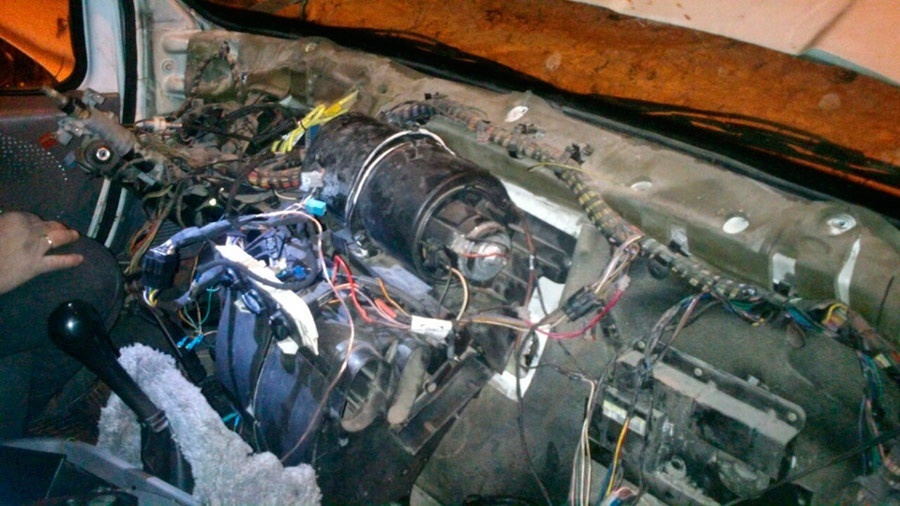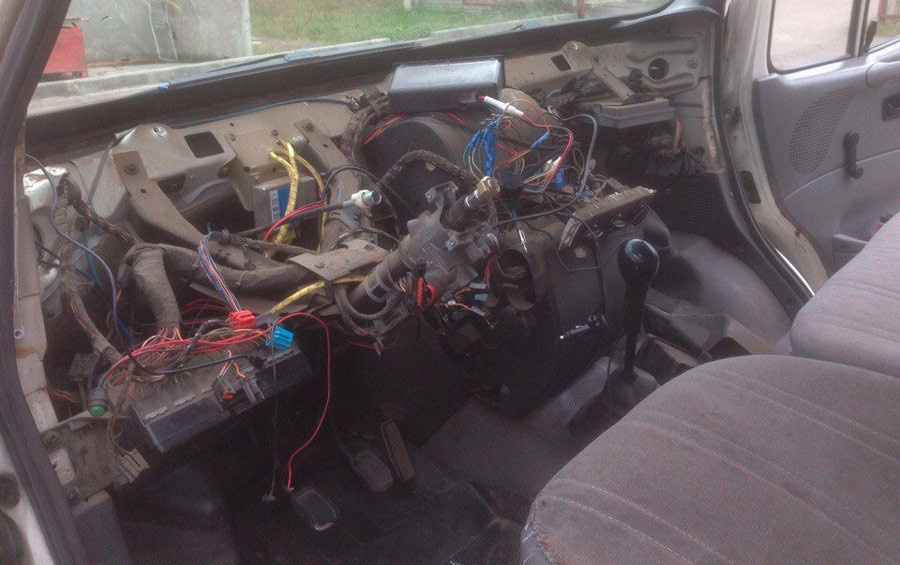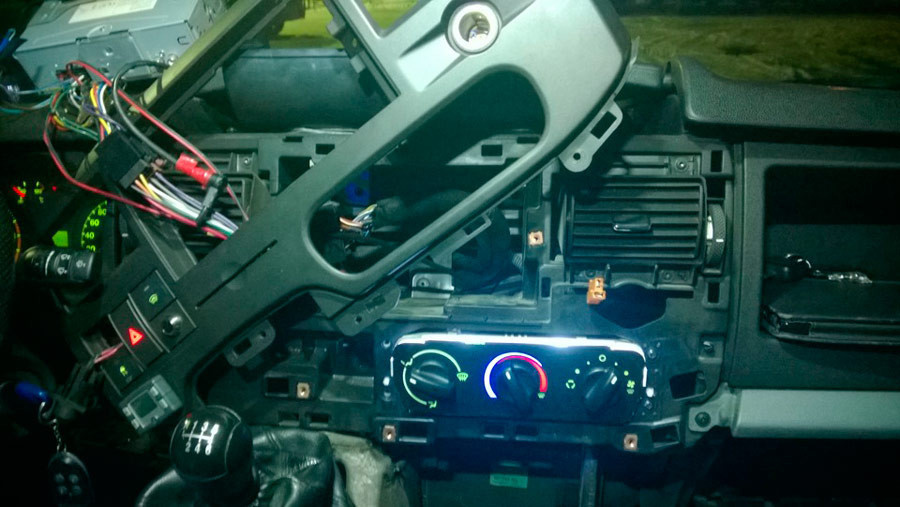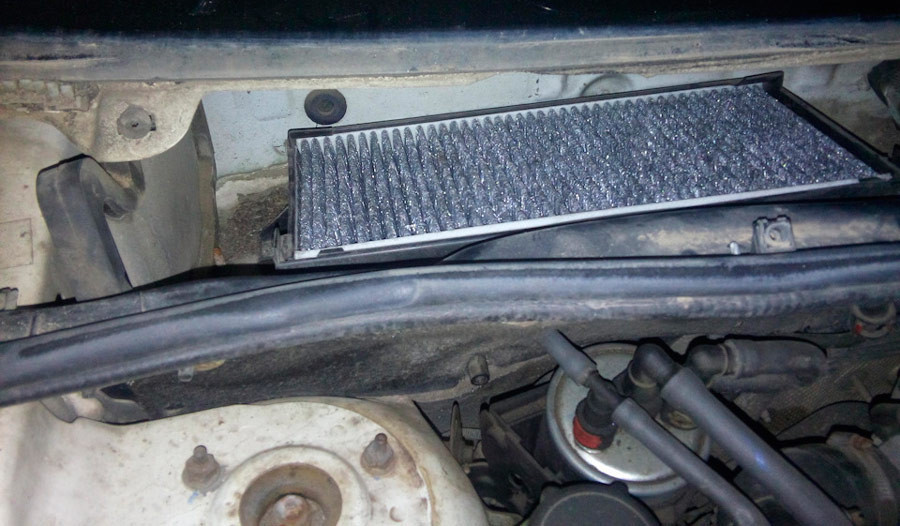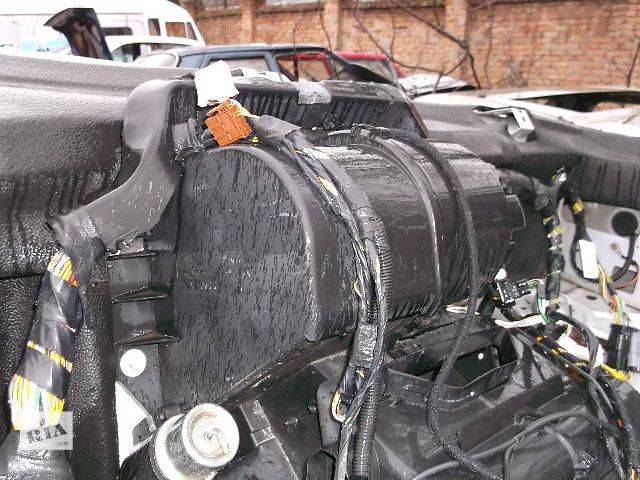
Ford Transit stove radiator replacement
Content
The work and daily activities of some people are closely related to the need to constantly be behind the wheel of a car. And it doesn't matter what time of year it is. Whether it's a hot summer or a harsh winter.
If we are talking about the winter operation of the machine, then a useful and efficient stove is of great importance. This is an internal heater. When it fails, more than serious problems arise. The driver and his passengers will freeze. The side effects of a non-working stove will also begin to appear in the form of problems with the engine, cooling system, fogging of windows, etc.
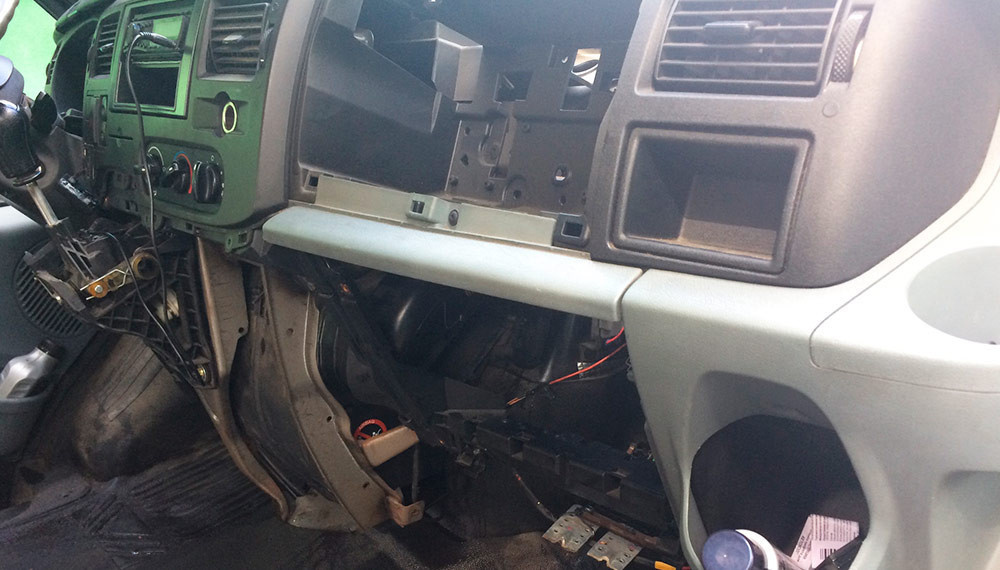
The Ford Transit business model can rightly be attributed to the number of cars that are actively used throughout the year. Very often, car owners are faced with a stove malfunction. Unfortunately, often the cause was a faulty heating radiator, which needed to be replaced. The task is not easy. But it could potentially be solved on its own.
What indicates a malfunction of the stove
The main problem of motorists is that before the onset of the first cold weather, they do not even remember about the stove. What a surprise it becomes when, when you try to turn on the heater, silence is heard in response. Hot air does not enter the cabin, it becomes frankly cold and uncomfortable. And in the field, replacing a radiator is an extremely difficult and even overwhelming task.

Therefore, it is better to think about the condition of the Ford Transit heater in advance, while it is still hot.
There are several signs that the Ford Transit stove radiator has exhausted its resource, or has already failed and requires immediate replacement.
- The oven does not heat up. The desired temperature cannot be reached. The car is very cold. Even full inclusion does nothing.
- The windshield fogs up. It acts as a logical continuation of the first symptom. Although it still cannot be ruled out that the glass blower simply failed on the Ford Transit. Check this before removing the heater core.
- There was noise. The fan of the stove began to work noisily, forcing hot air into the cabin. There is a risk that at some point it will simply stop, the fan will jam, and you can forget about the heat in the cabin.
- A sharp decrease in the level of antifreeze. In parallel, puddles may appear under the car, traces of coolant on the radiator itself, as well as in the cabin. In addition, you will always smell the characteristic smell of antifreeze.
- Smoke in the cabin. This can happen if antifreeze leaks through a damaged radiator and gets on the heating elements in the engine bay. Hence the smoke.
If we are talking specifically about the radiator of the Ford Transit stove, then they are mainly guided by the absence of heating and traces of antifreeze, which can result from damage and violation of the integrity of the element of the interior heating system.

In addition to a direct breakdown or depressurization of the radiator, the stove may not work for other reasons. From them:
- Dirty radiator. Quite a common occurrence. Especially the Ford Transit. Machines of this type are often actively used. Also, the location of the stove radiator cannot be called ideal. Dirt penetrates and gradually accumulates, clogging the channels, which ultimately leads to malfunctions. Potentially washing will help here. But still, without removing the radiator, it will be difficult to do this.
- Pump failure. The pump responsible for pumping the working fluid, that is, antifreeze, may also fail. The reasons are different, from low-quality coolant to a cheap pump and factory defects.
- Thermostat. An important element of the Ford Transit's cooling system, which can affect the operation of the passenger compartment heating, as well as the removal of heat from the engine. Therefore, this element should be given special attention.
Since replacing the radiator of the Ford Transit stove is an extreme measure, since this element fails less often than others, it is recommended that you first conduct a complete diagnosis.
You need to make sure that the problem is with the radiator, and not with other elements of the interior heating or engine cooling system. However, they are closely related to each other.
If it turns out that the radiator is to blame for the lack of heat in the Ford Transit cabin, it must be replaced.
Radiator replacement options
To restore the heater and return heat to the Ford Transit interior, you will have to do quite a difficult job of replacing the stove radiator.
Some, when a leak occurs, try to restore the unit. Welding machines are used, as well as special sealants. It is important to understand here that welding is far from the best solution. And sealants are completely contraindicated in situations where a motorist can carry out a major overhaul. It's more of an emergency. As well as the use of sealants for a conventional radiator.
So, objectively, replacement is the most correct and effective solution. Also, in parallel, it will be possible to check the condition of other elements, check the integrity of the pipes, tubes and other components of the heater.
The Ford Transit is one of those many vehicles where radiator replacement is a difficult and time consuming job. Unfortunately, machines often do not provide easy access to this node.
The difficulty lies precisely in getting to your own stove radiator. And for this you will have to carry out careful preparatory work.
Depending on the generation and version of the Ford Transit you are dealing with, there are 3 options for replacing the radiator:
- Difficult replacement. Here, the motorist will have to completely or partially dismantle the entire dashboard of the car. It takes a lot of time and effort. You will have to unscrew a large number of elements. And then put everything back together. Beginners are better off not doing this kind of work.

- Average. In this case, the instrument console must be partially or fully operational. The option is somewhat simpler than the previous one. But still, it must be treated with the utmost responsibility.

- Easy replacement procedure. She's pretty light. Only in comparison with the previous options, the interior does not need to be disassembled. All work is carried out through the engine compartment.
If the problem arose in winter, be sure to choose a heated garage or box for work. It is important that the temperature inside is pleasant. Then it will be easier for the master to work. But another point is also important. This is the safety of plastic elements. When they are removed, there is a high risk of damaging the plastic, which becomes more brittle and brittle in the cold.
For the same reason, it is recommended to let the Ford Transit warm up for several hours before starting work. This normalizes the temperature and structure of the plastic.
Radiator replacement procedure
Now directly to the question of how the stove radiator changes on Ford Transit cars.
Consider 2 options. It is difficult and easier.
Replacement with interior disassembly
To begin with, about how the heater radiator changes on Ford Transit cars, where it is required to remove part of the cabin.
Here the wizard must perform the following steps:
- remove the steering wheel;

- remove the decorative panels and switches from the steering column;
- unscrew the board;
- remove the center console;
- turn off the cigarette lighter;

- carefully remove the plug at the top of the panel, which is located under the glass;
- remove the left air duct together with the deflector, otherwise it is easy to break it;
- feel for an invisible bolt in the lower part behind the removed dashboard (near the steering wheel), which is unscrewed with a 10 head;
- remove the entire plastic panel from the passenger compartment;

- if other bolts and elements interfere, unscrew them, do not pull the panel sharply;
- unscrew and remove the stove motor housing together with the impeller;
- remove another overlay;
- gain access to the radiator.
Now it remains only to carefully remove the old radiator, check the condition of the connecting pipes and tubes. If there are no problems on your part, and only the heater radiator is to blame, feel free to get rid of it. Install the new part in its place.
Assembly is a complex, step-by-step process. Some people think that assembling the interior after replacing the stove radiator is even more difficult than disassembling it. And they are right. It is important not to forget or break anything.
Replacement through the engine compartment
This option is considered to be simpler. And this is obvious, since there is no need to disassemble half of the Ford Transit interior.

But I still don't think it's that easy. Approach your work responsibly.
The wizard will need to do the following:
- drain the antifreeze by preparing a suitable container in advance;
- assess the condition of the coolant, and if it is fresh, it can be reused;
- disassemble the windshield by unscrewing the screws holding the steering wheel;
- disconnect all the clamps that secure the hoses and cables going to the steering wheel;
- disconnect the negative terminal of the battery (you can do this immediately, at the first stage);

- disconnect the hose from the washer, for which you must first remove the trim from the windshield;
- remove the wipers, as well as the clamps on the heater housing;
- disassemble the front part of the fan housing and do not forget to remove the cabin filter (a good reason to replace it at the same time);

- Unscrew the steam supply and exhaust hoses by loosening the clamps.
Everything, now access to the stove radiator is open. Take it out carefully. Please note that some coolant may remain inside.
Replacement is done in reverse order.
